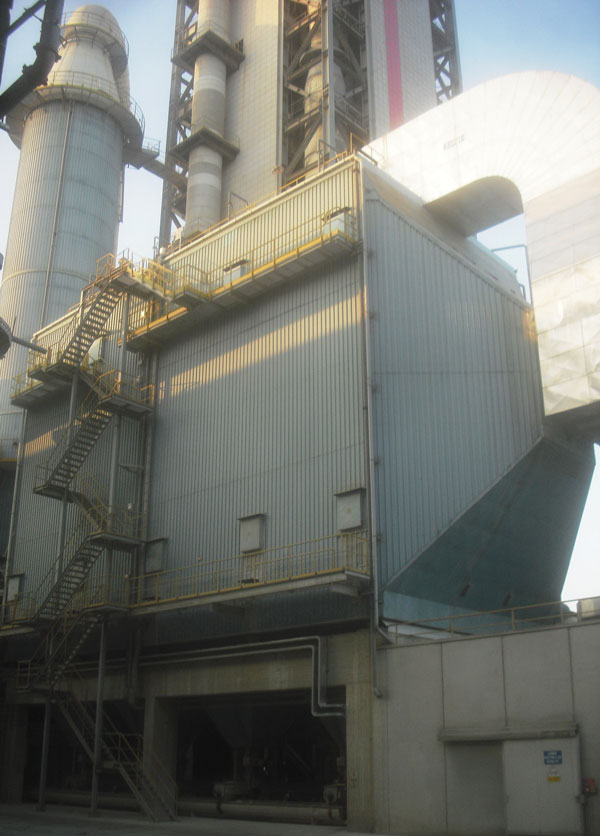Material differences
Improved, high-tech fabric technology is leading to significant advances in filter bag performance, which meet more stringent emissions requirements and offer lower equipment and operational costs. One cement producer to benefit from such improvements is Italy’s Cementirossi. By Massimiliano Aragona, Cementirossi, Italy and Florin Popovici, Evonik Fibres GmbH, Austria.

Figure 1: Cementirossi has improved baghouse performance
at its Piacenza works after installing new bag filters
Social responsibility combined with stringent air pollution regulations are the main factors behind the selection of state-of-the-art off-gas emission control equipment for kiln baghouses in cement plants. At Cementirossi’s 1Mta Piacenza cement plant in Italy, the kiln dedusting filter treats the exhaust gases from the kiln and three raw mills. The kiln outlet gases are pretreated with water to control the baghouse inlet temperature at 130°C. The filter is based on a Lurgi design with eight chambers containing 5500 bags. The bags are cleaned by low-pressure, high-volume pulse jets distributed into the bags via a rotating manifold.
However, the filter bags used presented the cement producer with some challenges which led to the replacement of the initial set of bags (based on a PTFE membrane laminated onto a woven glass substrate material) with a material based on P84® multilobal fibres blended into the surface of a PPS substrate matrix.

